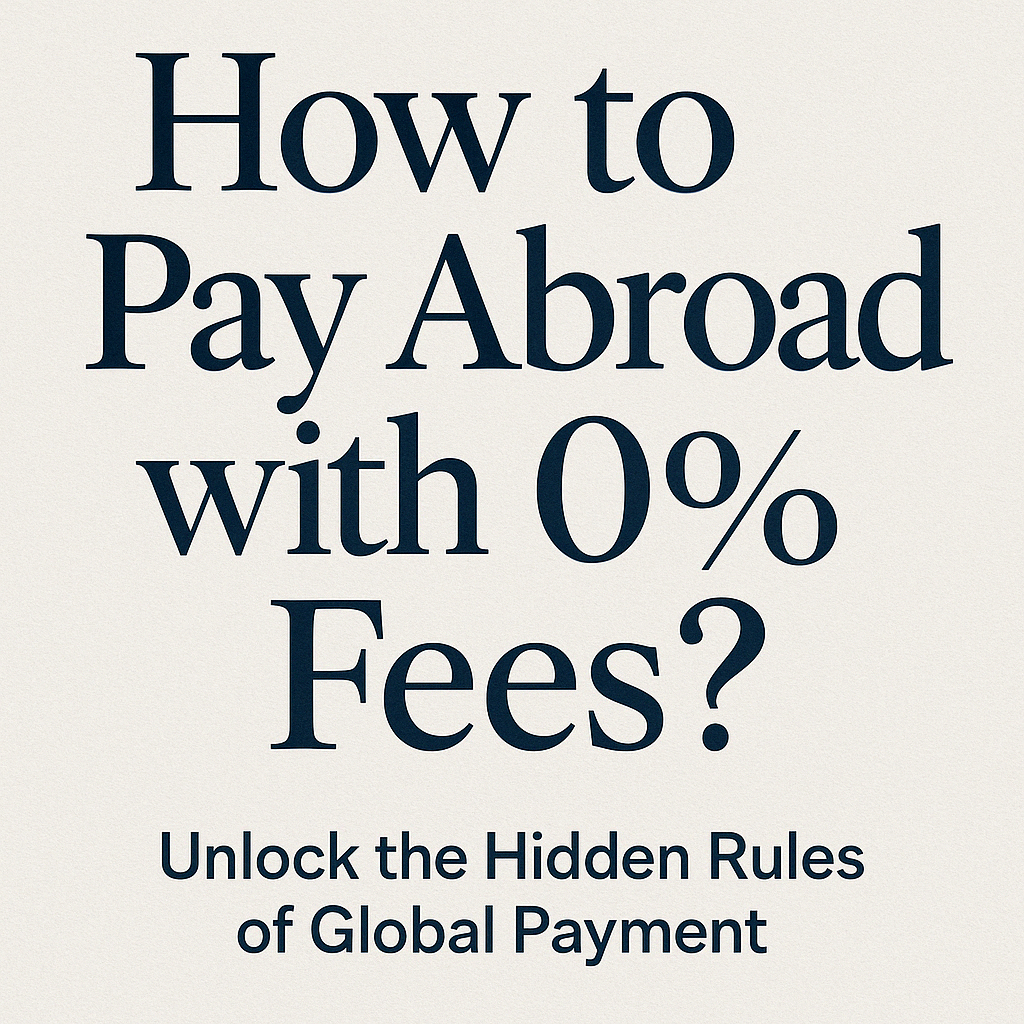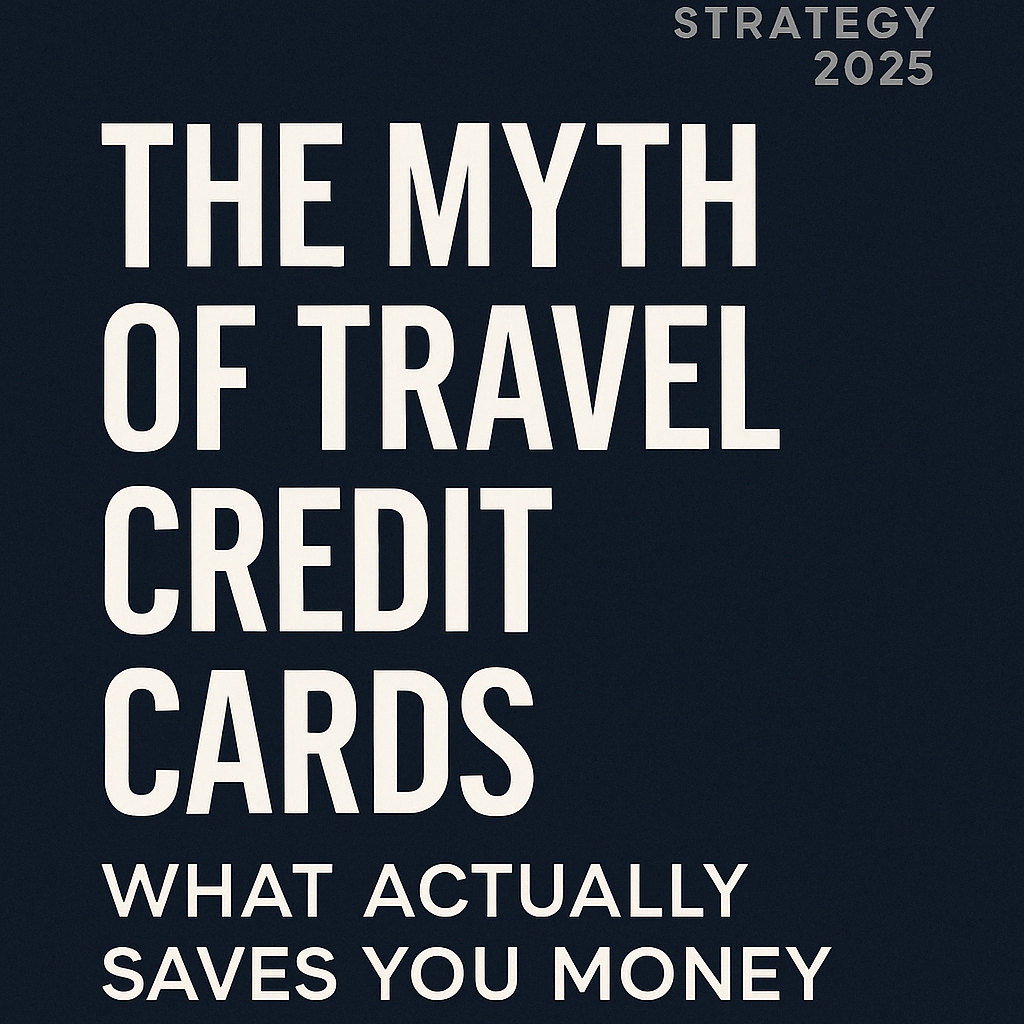Introduction
Reading about payment tools is one thing.
Actually using them in real-life situations—when you’re checking into a hotel in Spain, buying groceries in Seoul, or paying tuition in Canada—is another.
In this part, we’ll show you exactly how to apply the 0% fee strategy depending on your situation:
traveling, studying, or running a business abroad.
1. For Travelers: Spend Smart on the Go
When you’re traveling, even a few cents lost in fees can add up—fast.
Flights, hotels, meals, local transport—all in different currencies.
Here’s how to optimize your spending:
Use Wise for mid-market exchange & ATM access
- Load your Wise card with your home currency
- Convert only what you need at real-time rates
- Withdraw cash at local ATMs (watch for ATM operator fees)
Avoid DCC (Dynamic Currency Conversion)
- Always pay in the local currency when prompted
- Don’t let a POS terminal convert to your home currency—it’s a trap
Use Revolut’s budgeting & rate alert features
- Set spending limits by country or category
- Get instant alerts if your card is used suspiciously
Example:
You’re visiting Japan from the US. Load $500 on Wise → Convert to JPY → Use for food, trains, and shopping → Save $20+ in FX fees
2. For Students: Managing Tuition, Rent, and Daily Living
Studying abroad isn’t just about grades—it’s about managing money wisely across borders.
Pay tuition via Wise (SWIFT alternative)
- Lower fees than banks
- Faster delivery
- Transparent exchange rate
Use Revolut for daily budgeting
- Allocate monthly food & transportation
- Use virtual cards for online shopping
- Link your local SIM to avoid 2FA issues
Open N26 if you’re in Europe
- Set up a full EU account
- Get fee-free withdrawals
- Access budgeting insights to manage scholarships or part-time job income
Example:
You’re a student in Germany.
→ Receive funds from the US via Wise
→ Manage daily costs with N26
→ Use Revolut for weekend trips to nearby countries
3. For Business Users: Paying Freelancers & Suppliers Internationally
Running a remote team or a global e-commerce store?
Every 1% fee adds up fast when you’re dealing with volume.
Use Wise for paying international freelancers
- Supports bank deposits in 70+ countries
- Set up batch payments
- Transparent fees for accounting
Use Revolut Business for managing revenue
- Multi-currency business account
- Generate invoices in local currencies
- Track team expenses
Don’t use PayPal unless required
- Higher fees and conversion markups
- Consider Stripe or Wise as alternatives
Example:
You’re a startup founder in Singapore paying developers in India, designers in Ukraine, and suppliers in Europe
→ Use Wise for payouts
→ Receive USD revenue in Revolut Business
→ Convert & manage cash flow fee-free
Final Checklist – Who Should Use What?
| User Type | Wise | Revolut | N26 |
|---|---|---|---|
| Traveler | Card & ATM | Budgeting | Not needed |
| Student | Tuition | Daily use | For EU region |
| Business User | Payouts | Revenue Mgmt | Not relevant |
Conclusion
You don’t need to be rich to travel smart, study abroad efficiently, or run a global business.
You just need the right tools—and the right strategy.
Apply what you’ve learned in this series, and you’ll never pay unnecessary fees again.
Stay mobile. Stay global. Stay Super Dollar Rich.


